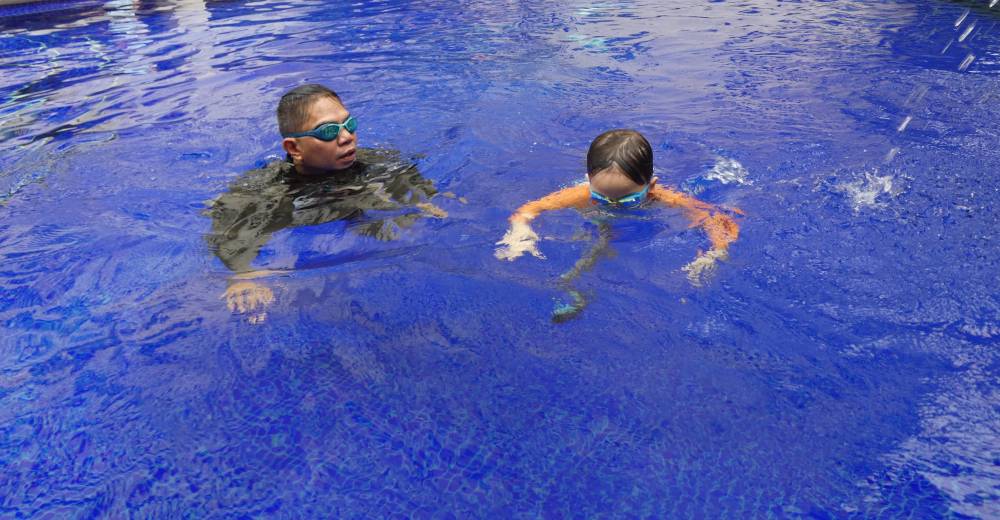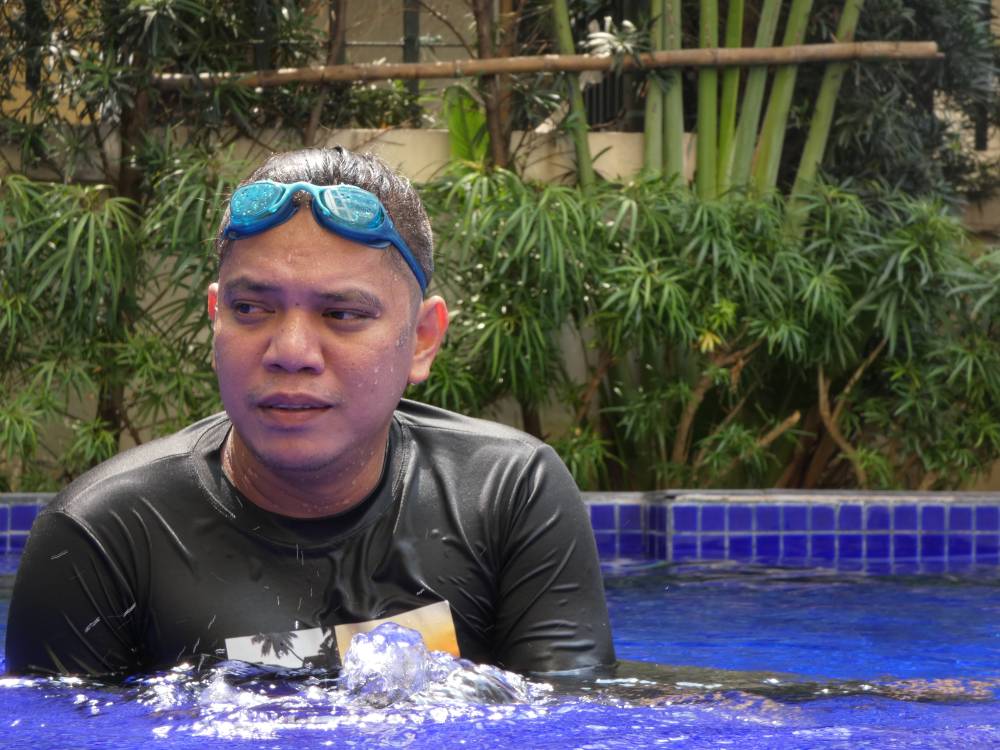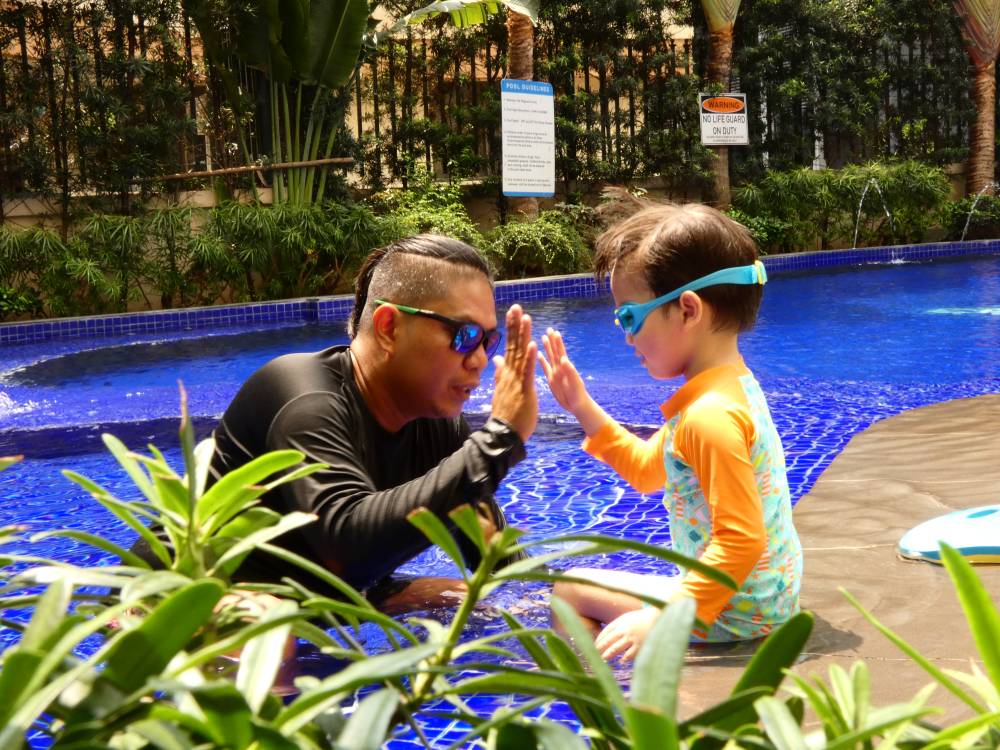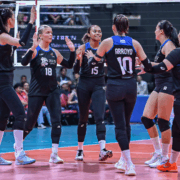How swimming benefits neurodivergent kids

“You do the ‘head up.’ If you don’t do that, you will not swim in the small pool.”
My husband and I looked over to see swim coach Brian Sarmiento negotiating with our son Daigo. He had been trying to get our 4-year-old to get the hang of breathing above water. Daigo, who is on the “high-functioning” side of the autism spectrum disorder (ASD), sped through his swim lessons for the first few sessions until they hit a speed bump.
“He’s a fast learner,” Sarmiento told us. “He already knows how to do it. It just needs to click for him.”
They have been on this lesson for several weekends already, trying many different techniques to get Daigo to break the surface at regular intervals, even moving the starting point farther and farther just to force him to take in some air. Instead, Daigo only seemed to strengthen his lungs, stubbornly insisting on holding his breath while swimming the entire length in one go.

By the end of that hour, however, Sarmiento was finally able to get him to do it.
Since the swim lessons started, we would watch in amazement every time the instructor was able to get our kid to go along with his direction. At that point, Daigo had only been to a few sessions with his occupational therapist so we weren’t expecting him to follow instructions so well. Sarmiento even got him to wear goggles and flippers when we could never get him to wear sunglasses or slippers—unless he himself chose them, and sometimes not even then.
The 34-year-old freelancer has been teaching both kids and adults (from ages 2 to 60) how to swim for 10 years, and kids with special needs for five.
We learned about Sarmiento through friends who also have a neurodivergent child. When we could hardly tear Daigo away from the water during our last beach vacation, we figured it was time he learned how to swim for his own safety.

“I became interested in teaching special kids because I knew that not all coaches had the heart to dedicate the time and determination to teach them,” Sarmiento said. “I aim to teach individuals of all ages and skill levels how to swim safely and effectively, focusing on developing water comfort, basic strokes, and water safety skills.”
Confidence booster
“Kids with special needs need to improve their safety in and around water, build their physical and cognitive abilities, and enhance their overall well-being,” he added. “Also, swimming can boost confidence, promote social interaction, and provide a fun, engaging form of exercise.”
During their lessons, he not only teaches Daigo how to swim, but he also gives us pointers on other ways to handle our child’s quirks and behavior. He has also mentioned that it’s better for parents not to be in the pool with their kids during lessons to avoid distraction and dependence.

Sarmiento, who has handled children with ASD, attention deficit hyperactivity disorder, and speech delays, said it takes patience to teach kids with disabilities and sensory issues. “Just talk to them instead of shouting.”
When met with difficulties during lessons, he handles it through a give-and-take sequence. For Daigo, that means getting some playtime at the kiddie pool after achieving a challenging task.
Sarmiento said that he has observed how swimming can help children on the spectrum develop their behavior and attitude as they can be more sensitive to certain stimuli, including sights, sounds, smells, touch, and balance and movement.
“The more time I spend teaching children with special needs, the more I love them,” Sarmiento said, sharing that one nonverbal student can now even freestyle properly after more than a year of lessons. “They are no different from other children.”





















